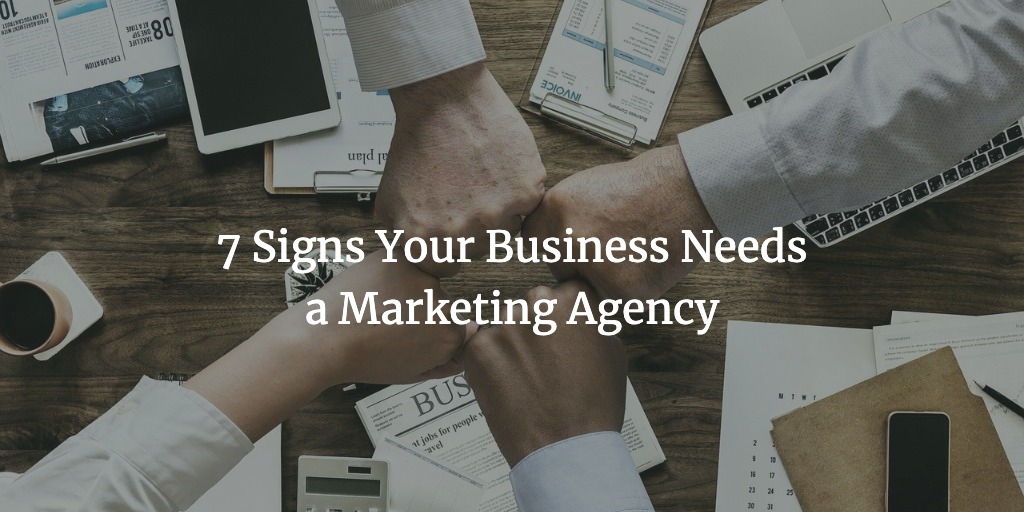
Business vector created by pikisuperstar – www.freepik.com
Successful landing pages are concise, engaging, and — crucially — quickly sum up what you’re trying to offer and why a potential customer should be interested.
B2B products and offerings, however, can be challenging to describe quickly…









